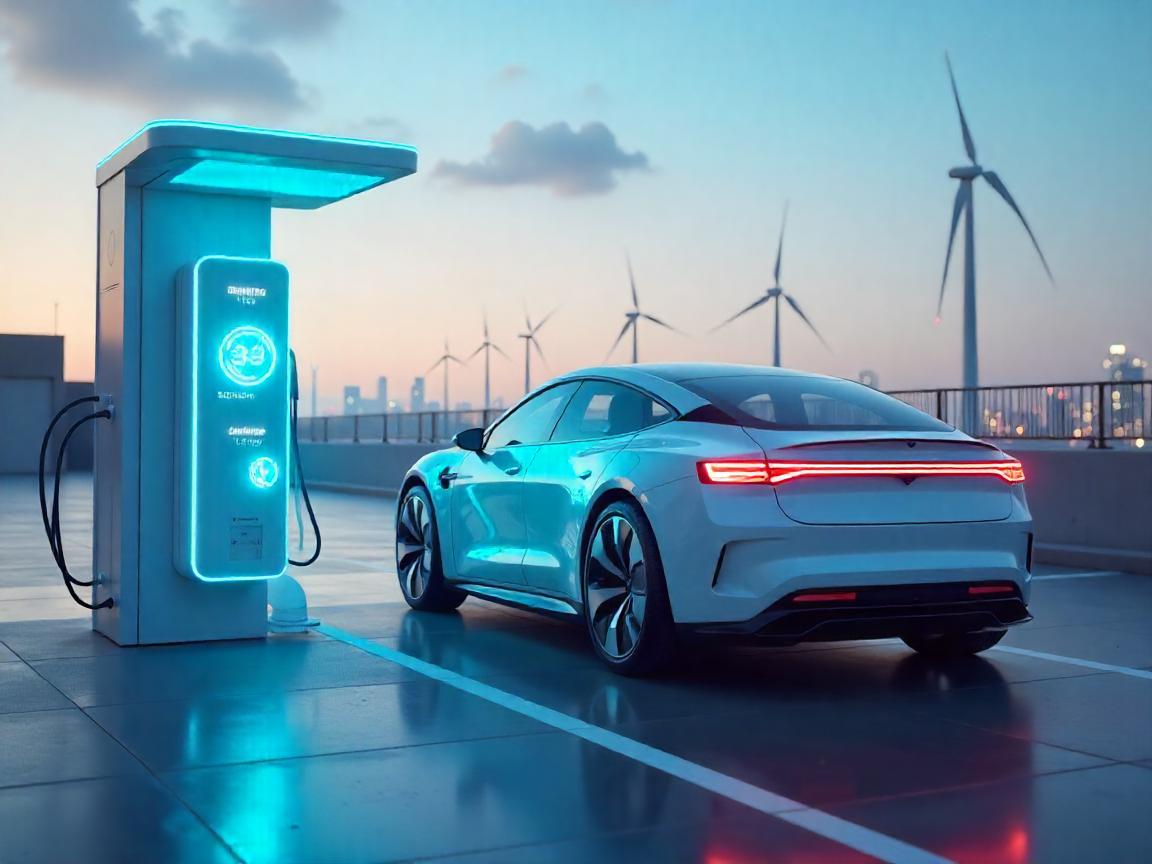
The Latest Development in Electric Vehicle Industry
While on an EV road trip, you’ll be able to recharge your machine during a fast coffee break anywhere. About 10 minutes after that, your vehicle is ready for another 600 miles of driving. That situation is coming soon, driven by the amazing potential of solid-state batteries. At the start of 2025, the global EV market is on the verge of an important technological change, thanks especially to solid-state batteries.
What makes this situation so important? They cannot keep developing EVs with these lithium-ion batteries because they are approaching physical and chemical limits. Obstacles like the danger of fires, lack of much energy in a small space, and long recharge times are stopping most people from driving electric vehicles. According to solid-state technology, it can tackle a lot of these challenges instantly. Will it really be able to achieve what it aims for?
What Is Causing Lithium-Ion to Face Limits
It’s obvious that lithium-ion batteries have helped us, but now their drawbacks are easier to spot. The inclusion of flammable liquid electrolytes makes these cars riskier, as seen by the recent problems with both the Chevy Bolt and the Hyundai Kona Electric, which had battery-caused fires. BloombergNEF stated that automakers in the electric vehicle sector have spent more than $2.1 billion to deal with battery-related recalls over the past two years.
Other than the safety issue, those who drive EVs still face problems with low driving range and slow charging speeds. While lithium-ion cells have improved recently, they tend to lose their capacity quickly as the years pass. Drivers shouldn’t expect a car at this price to have this type of reliability. Now that consumers want to buy electric, these constraints should no longer be accepted since they are still holding back many buyers.
The Science Behind Solid-State Superiority
Why are people referring to solid-state batteries as the future of EV batteries? Basically, these batteries have a solid electrolyte instead of the common flammable liquid one. It leads to better resistivity to heat (thus few fires), greater battery energy per unit (making cars drive further), and shorter charging times.
Here’s is some information about customer numbers. Toyota just said that their new solid-state prototype would give a range of 745 miles and could be charged in 10 minutes. Backed by Volkswagen and Bill Gates, QuantumScape states that their cells are capable of retaining 80% charge after almost 800 cycles, which is almost double the lasting capacity of today’s leading lithium-ion batteries. It is no longer limited to what took place in labs only. The project is moving forward to the creation and trial part.
Industry Leaders Betting Big on Solid-State
It’s not limited to starting up ambitious corporations alone. Today’s biggest car companies are investing large amounts into solid-state development. Toyota is allocating more than $13 billion for battery development to 2030, and aims to use solid-state batteries in its EVs by 2027. At the same time, BMW and Ford have raised their investments in Solid Power, which is located in Colorado and is currently making small batches of cells.
For example, in Q1 2025, QuantumScape started giving early samples to OEM partners, and the most recent investor letter said they plan to increase manufacturing to more than 200,000 cells by year’s end. Commercialization gets its true start at this point. McKinsey predicts that global research investment in solid-state batteries went over $8.2 billion in 2024 and keeps rising. In essence, the race to lead in electric vehicles is happening, and the leaders could influence tomorrow’s transportation.
Not All Smooth Roads Ahead
At the same time, solid-state technology isn’t a perfect solution. Making items on a large scale remains a tough issue. Although lithium-ion cells have been manufactured for decades and are now very good, solid-state technology needs new design and production methods. Scaling the use of lithium metal and ceramic electrolytes in batteries is troublesome because they are costly materials. A very small variation in sheet thickness or the quality of the steel can limit the components’ capability.
According to Dr. Leah Tanaka, from MIT, it’s not only chemistry; battery development is a long and involved engineering task. The problems come from how things are made. The move from making lab-scale prototypes to producing large quantities of lithium-ion batteries has taken companies years of efforts. Unless there are big changes in automation and sourcing materials, solid-state will also follow these trends.
A Broader Impact Beyond the Garage
Considerably, solid-state batteries have benefits that can extend to many other areas apart from cars. Concentrate on drones that can fly for twice the time, wearables that can be charged only every week, and storages for energy that take up very little space and are highly secure. Speaking with Anders Ravn, who is IonicX Energy’s CTO, this is another important point: This change is in batteries what the invention of silicon chips meant for electronic components.
Solid-state is getting attention within the aerospace sector, as lack of battery weight is very important for flights. One example is that NASA is working on solid-state cells that can be used in getting spacecraft through long journeys. Since the technology can be used in many industries, people are more motivated to do it the right way rather than quickly.
This Is Why We Need This Change Right Now
From what I see, we are going through a significant technology disruption that happens just once in a generation. This latest improvement is as big as the mainstreaming of lithium-ion batteries was in the early 1990s. Smartphones, laptops, and electric mobility then came into existence as the next step. Solid-state batteries could soon become the next important improvement.
Unfortunately, making better batteries alone is not the complete answer. Having supply chains, regulatory help, charging points, and faith from the public will help us keep up. It is already clear that solid-state technology will affect the EV market. Whoever is prepared will be able to take advantage of them.